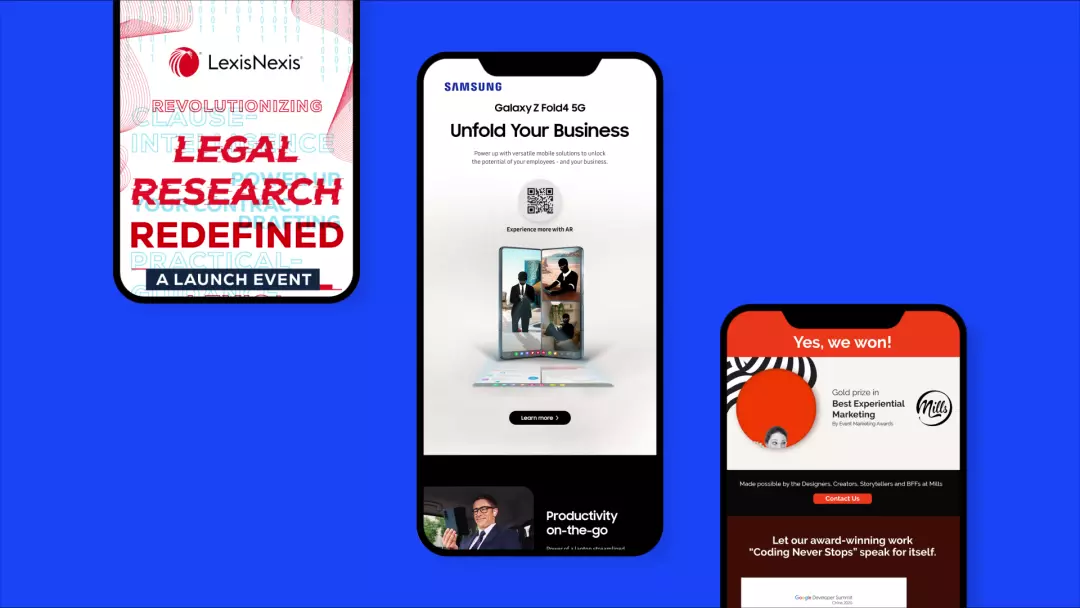Email marketing is permission-based marketing. It is a marketing strategy that involves sending emails only to people who have explicitly agreed to receive them. This is in contrast to spam, which is unsolicited email that is sent to people who have not given their permission to receive it.
There are many benefits of permission-based email marketing, such as:
- Higher engagement: People who have opted in to your email list are more likely to open and read your emails, click on your links, and take action.
- Improved brand reputation: Permission-based email marketing is seen as a more respectful and ethical way to communicate with potential customers.
- Reduced risk of spam filters: Your emails are less likely to be flagged as spam if you are sending them to people who have opted in to receive them.

Best practice to get permission to send emails:
- Use opt-in forms: Place opt-in forms on your website, in your social media profiles, and in your email signature.
- Include opt-in options on your marketing materials: Add opt-in options to your brochures, flyers, and other marketing materials.
- Ask for permission verbally: If you meet someone in person, ask them if they would like to join your email list.
Once you have permission to send emails, it is important to make sure that your emails are:
- Relevant to your audience: Send emails that are relevant to the interests of your subscribers.
- Personalize: Use your subscribers' names and other information to personalize your emails.
- Valuable: Provide your subscribers with something of value, such as discounts, coupons, or exclusive content.
- Regular: Send emails on a regular schedule, but don't send them too often.
Email marketing evolved into marketing automation. They are two closely related marketing techniques, but they have different goals and capabilities.
Email marketing is the process of sending emails to a list of subscribers to promote products, services, or content. Email marketing can be a very effective way to reach a large audience and generate leads, but it can also be time-consuming and manual.
Marketing automation is a more sophisticated approach to marketing that uses software to automate many of the tasks involved in marketing, including email marketing, social media marketing, and lead nurturing. Marketing automation allows businesses to reach more customers, personalize their marketing messages, and track the results of their campaigns more effectively.
Here is a table summarizing the key differences between email marketing and marketing automation:
| Feature | Email Marketing | Marketing Automation | |
|---|---|---|---|
| Primary goal | Send emails to promote products, services, or content | Automate marketing tasks, personalize marketing messages, and track campaign results | |
| Scope | Single marketing channel (email) | Multiple marketing channels (email, social media, landing pages, etc.) | |
| Targeting | Limited to demographic and interest data | Can use more advanced targeting, such as lead scoring and real-time data analysis | |
| Automation | Limited to email scheduling and drip campaigns | More complex automation workflows, including lead nurturing and multi-channel campaigns | |
| Reporting | Basic analytics, such as open rates and click-through rates | More advanced reporting, such as conversion rates and customer lifetime value | |
Here are some examples of how marketing automation can be used:
- Nurturing leads: Marketing automation can be used to send a series of emails to leads based on their behavior, such as pages they visit, content they download, or actions they take. This helps to nurture leads and move them closer to the point of sale.
- Personalizing marketing messages: Marketing automation can be used to personalize marketing messages based on a lead's interests, demographics, and purchase history. This helps to make marketing messages more relevant and engaging.
- Tracking campaign results: Marketing automation can be used to track the results of marketing campaigns, such as website traffic, leads generated, and sales conversions. This helps businesses to measure the ROI of their marketing efforts.
In general, marketing automation is a more powerful and versatile marketing tool than email marketing. However, email marketing is still a valuable tool for businesses of all sizes.
Here is a table summarizing when to use email marketing and marketing automation:
| Situation | Use Email Marketing | Use Marketing Automation | |
|---|---|---|---|
| Early in the sales cycle | YES | NO | |
| Sending promotional emails | YES | NO | |
| Nurturing leads | YES | YES | |
| Personalizing marketing messages | LIMITED | YES | |
| Tracking campaign results | YES | YES | |
| Complex marketing campaigns | NO | YES | |
Need not to say, there are so much more that we can enhance email marketing such as advanced tracking using web analytics or customization for your email templates, etc, etc.